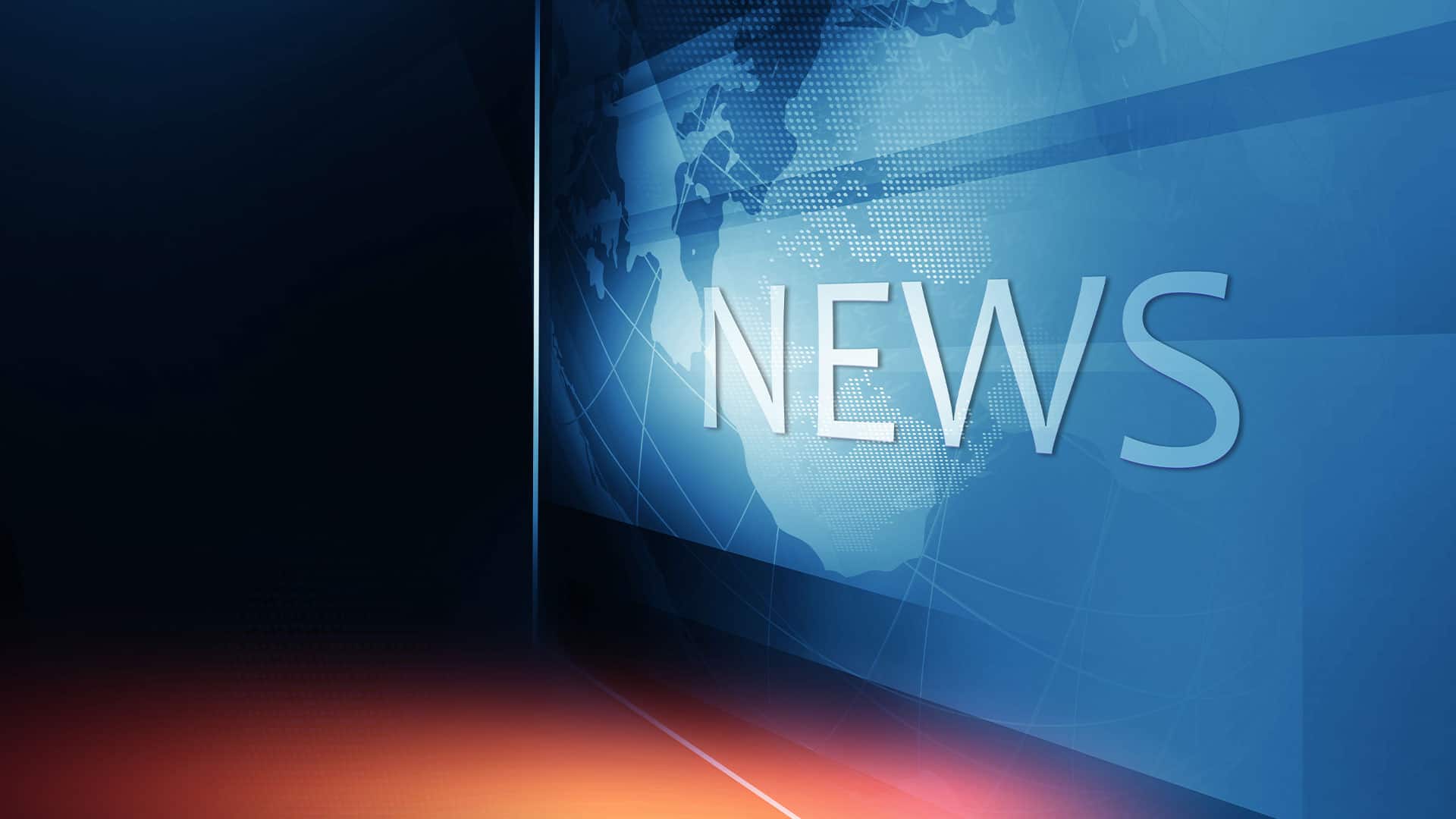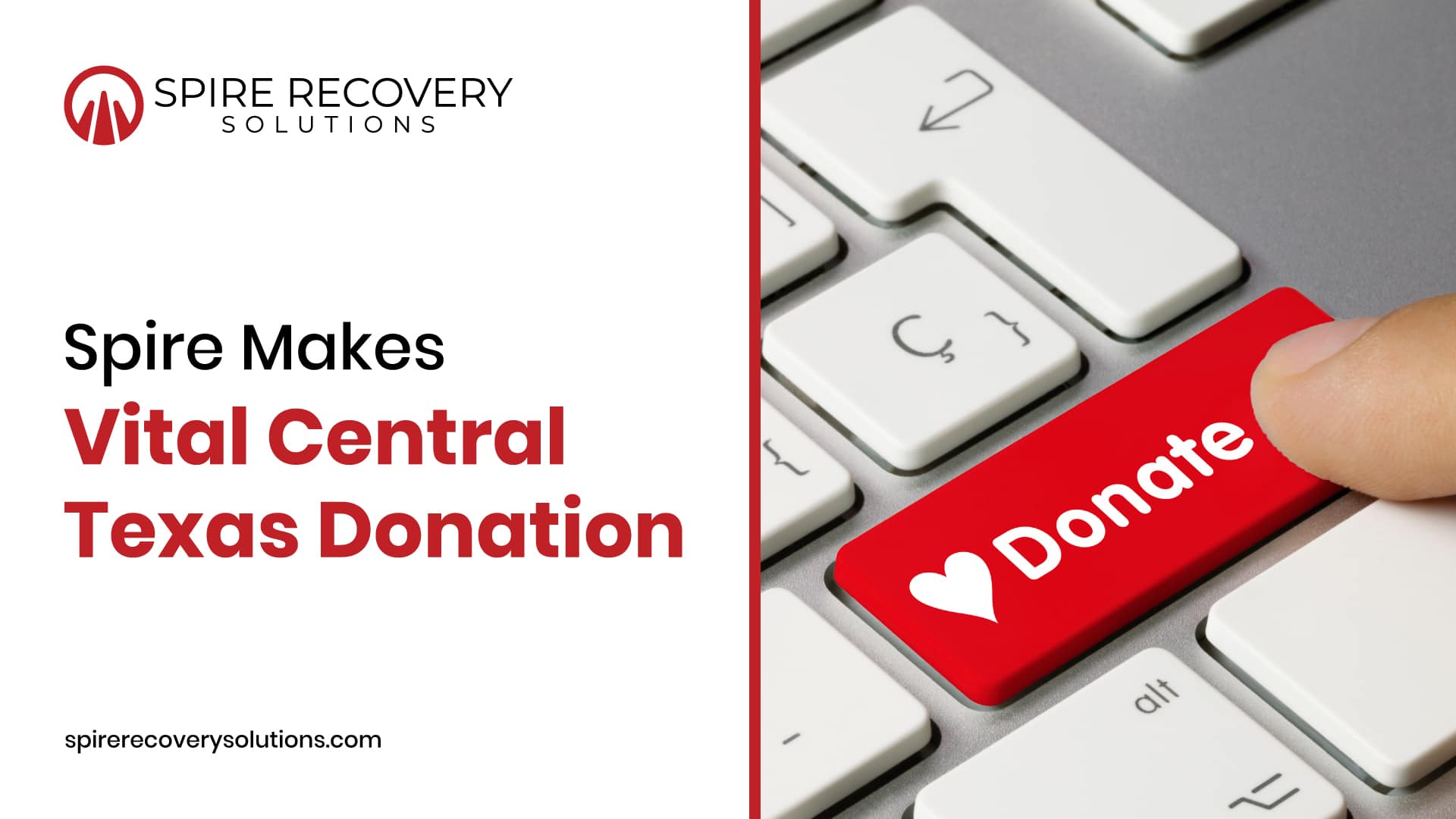
How to Save for an Emergency Fund
Unexpected financial emergencies can happen to anyone, from a random medical bill to car problems and anything in-between. Unplanned expenses seem to come at the worst times, but having a savings in place for when they happen can help.
Having an emergency fund is essential to preparing for the unexpected and lessening the financial shock.
In its essential guide to building an emergency fund, the Consumer Financial Protection Bureau (CFPB) says that people who struggle to recover from financial shock are likely to have less savings to protect themselves from a future emergency. As a result, they may rely on credit cards or loans and incur debt that is generally harder to pay off.
To figure out what amount you should save for your emergency fund, look back on any financial situations you have had in the past and set a goal from there. Even saving a small amount can help give a sense of financial stability.
Here are different ways to start building your emergency fund savings:
- Create a savings habit. Set your savings goal. Then make a system to save a specific amount every day, week, or month. Regularly monitor your progress and celebrate your accomplishments.
- Manage your cash flow. Track your income versus expenses and see if you can find any opportunities to adjust for saving.
- Take advantage of one-time opportunities to save. If there is a certain time of year that you see an influx of cash—tax season, bonuses, or holidays—save a portion or all that money towards the emergency saving goal.
- Make your saving automatic. Saving automatically through reoccurring transfers or deposits helps to keep the savings on a consistent schedule.
Deciding what to use the emergency fund for is up to you. Not every unexpected expense constitutes an emergency, but don’t be afraid to use it if you need it. Remember, if you use your emergency fund, be sure to build your savings back up again.
The Federal Emergency Management Agency (FEMA) has an Emergency Financial First Aid Kit to help individuals build back their financial stability after an emergency.
You can also find other resources to help you understand your finances at RMAI’s consumer financial website FinancialLiteracy.Rocks.
Over time, saving will become easier and part of your routine; it is just important to start—and then keep going.
###
About RMAI
Receivables Management Association International (RMAI) is a nonprofit trade association representing more than 600 companies that purchase or support the purchase of performing and nonperforming receivables on the secondary market. The RMAI Receivables Management Certification Program is celebrating its 10th anniversary in 2023. Together with RMAI’s Code of Ethics, the Certification Program sets the global standard within the receivables industry due to the rigorous uniform standards of best practice which focus on protecting consumers. More information about RMAI is available at www.rmaintl.org.







